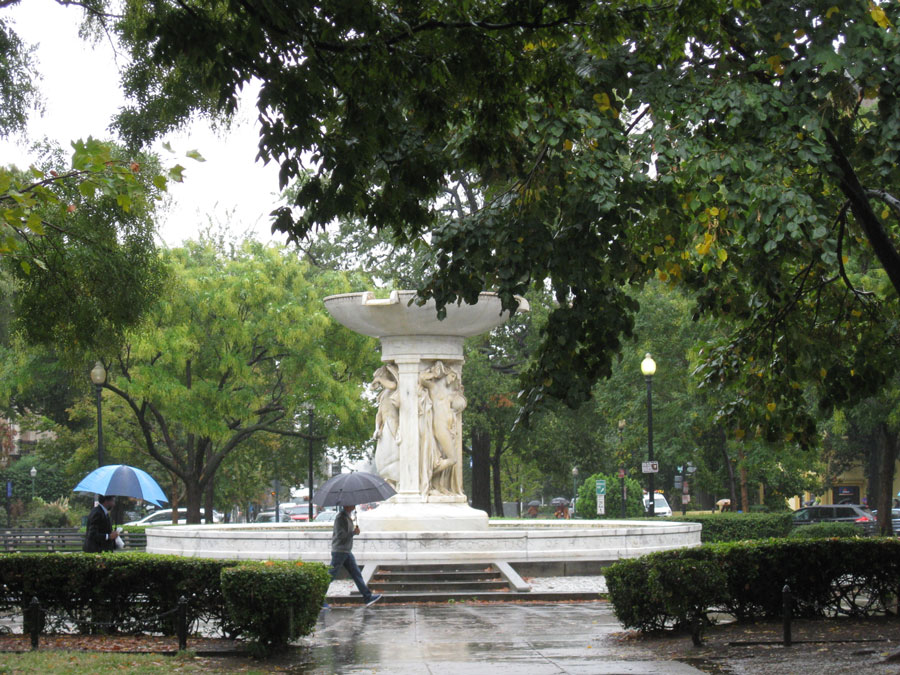
When I was a kid there was no Weather Channel. The idea that millions of people might spend a great portion of every day watching news on screens was a far-fetched notion, worthy of a science fiction story perhaps, but not plausible.
Welcome to modern life. Plausible it may not be, but stranger than fiction it certainly is.
When we lived on the West Coast and were considering the challenges of trying to move back East, we had an imaginary white board on which we listed the pros and cons of the two coasts. Each has its merits. Each has its downsides.
But whenever the issue of weather came up, I would tell myself that wasn’t the main reason. Every place has weather. No place is perfect. Not even Hawaii, or Los Angeles, no matter what the locals may say.
It’s a matter of degree. In weather, as in body temperature, a few degrees one way or the other can spell the difference between delight and delirium. Also, there’s the issue of quantity. A couple of 100 degree days here and there, with low humidity, and you might think, so what? But if an extreme situation persists without letup, say, forty days of rain, or four hundred maybe, it’s only natural to start wondering if maybe Mother Nature is fed up and starting to clean house.
And we are the ants in the cupboard. No offense, Ant Man.
While governments and policy makers continue to drag their feet in acknowledging global climate change, the climate is changing so quickly now that even the Pope has taken note. Unfortunately legislators accustomed to giving lip service to religion have no qualms about continuing business as usual, allowing the destruction of irreplaceable natural resources in order to keep the engines of greed churning. If only that were science fiction.
I don’t read a whole lot of science fiction. I don’t have a lot of interest in distant galaxies although I enjoy watching them explode on the big screen. I’m only human.
However, I picked up one of Kim Stanley Robinson’s novels because I was intrigued by the title: “Forty Signs of Rain.” Written in 2004, it reads almost as if it were taken from today’s news. Set mostly in a steamy summer in Washington, D.C., the story centers on the efforts of a Senate staffer working on environmental issues, while his wife works to solve the problems from the scientific side at the National Science Foundation.
The book is replete with scientific detail that I, quite frankly, didn’t bother to commit to memory, but the essence of the story is compelling and the scenes of weather-related chaos resonate in part because these situations are already happening with increasing frequency all over the world. The flooded zoos where the animals must be released to have a chance of survival, the outreach from the “League of Drowning Nations,” islands and whole cultures facing obliteration as the sea inexorably rises, the mega “100-year” storms happening every month.
Readers looking for a neat solution or an apocalyptic end won’t find either in this novel, but the scenario Robinson creates is vivid and entirely plausible, and coming soon to a reality near you and me.
You won’t need to watch it on the Weather Channel. Just step outside while you still can.